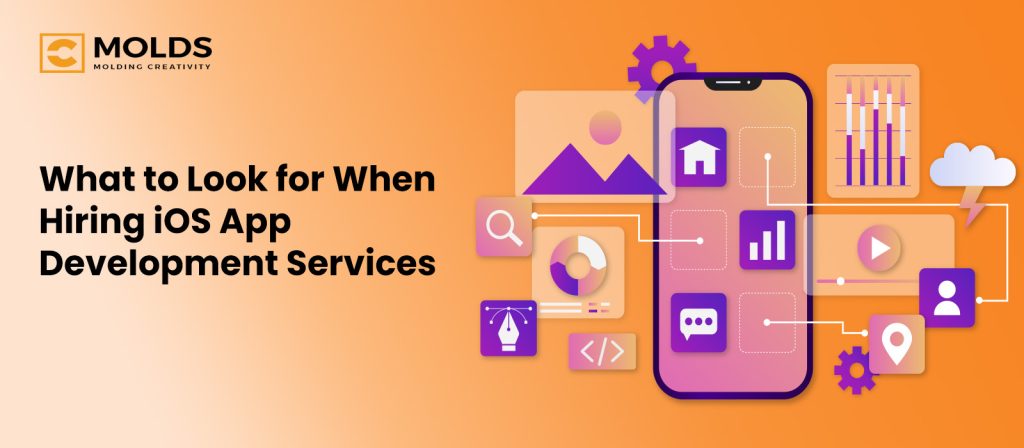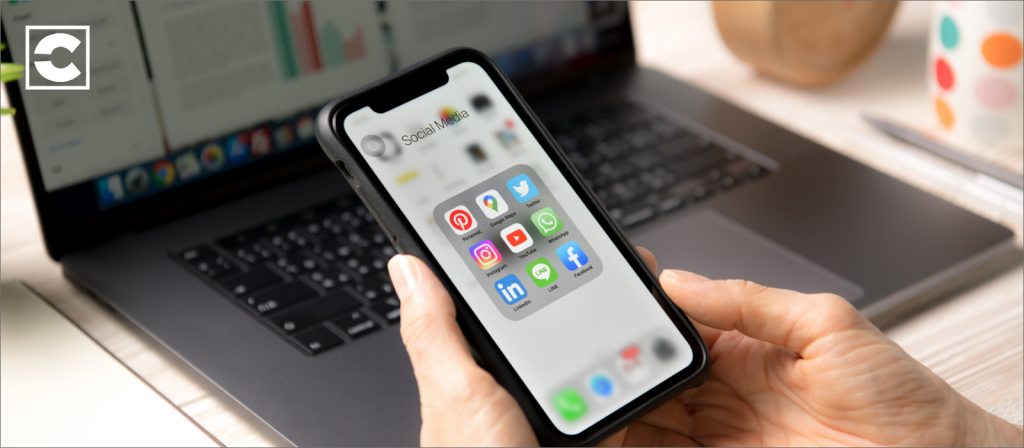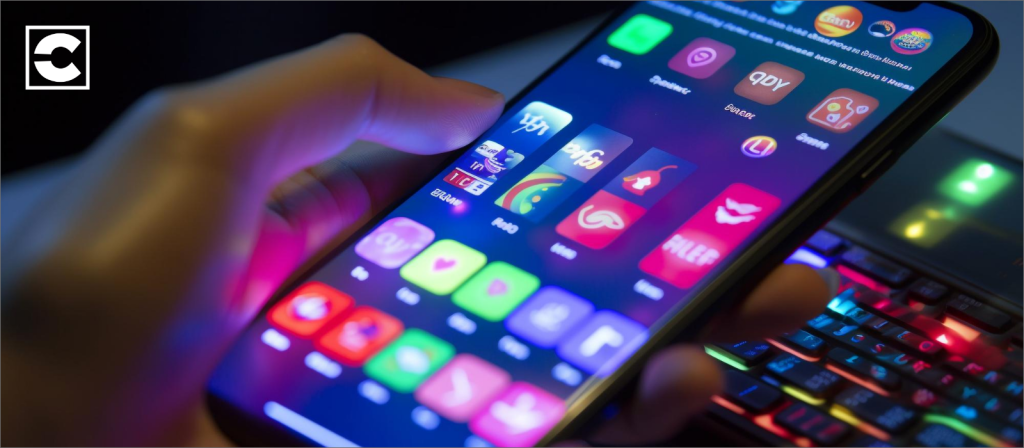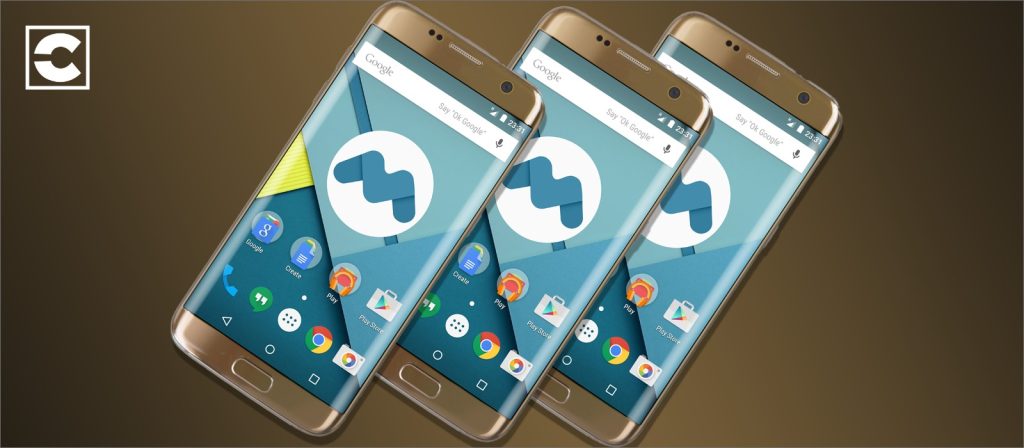Author
Troy Hulbert
Date
July 25, 2023
Category
Health Care App Development Company
We couldn’t agree more that the beginning of the year 2020 was not how we all pictured it would be. The world has gone through a major catastrophe, as many lost their loved ones. And while the whole world was going through changes, healthcare providers faced a new challenge they had to overcome. One of the best ways to relieve and assist the healthcare industry was to provide a reliable solution. That’s where telemedicine emerged as a game-changer in the healthcare industry.
It is forecasted that by the year 2032, there will be a shortfall of about 46,900 to 121, 900 physicians in the US. This is not only for specific healthcare professionals but also for the account of psychologists. In addition to that, it is estimated that there will be around 30 psychologists per 100,000 people and 15 psychiatrists per 100,000 people.
Why do these worrisome statistics have anything to do with the telemedicine app, you ask?
In certain situations, using telemedicine apps to obtain medical care and consultations online might be a feasible option (for instance, for people living in areas where hospitals are far away). As a result of technological advancements, companies that create mobile apps can now provide patients with comfortable at-home access to quick medical consultations. This growing need for telemedicine services offers developers an excellent opportunity to make telemedicine apps.
Telemedicine can mitigate the adverse effects of the absence of healthcare professionals and limited access to treatment. Additionally, technology offers new possibilities for healthcare professionals to reach a broader demographic and make a more significant, quick influence on society as a whole. In this blog post, we’ll look at the significant factors and stages of developing a telemedicine app for the medical industry. From basics to critical features, we’ll guide you throughout the entire process, assisting you in creating a seamless platform that improves patient care and enables healthcare practitioners to offer their services remotely.
Understanding the Basics of Telemedicine
In simple terms, it refers to the use of technology to offer healthcare services remotely. Typically, this includes video consultations, secure messaging, remote monitoring and more. Furthermore, telemedicine offers a range of benefits in the medical industry for both patients and healthcare providers. These entail improved access, reduced costs and streamlined processes.
Identifying the Key Features of a Telemedicine App
Building a telemedicine app can be a great business opportunity for entrepreneurs. However, understanding what key features are essential to making a successful app. Here are the must-have features that a custom app development company should include in the app.
Define the Purpose of the App
It is essential to define the purpose of the telemedicine app to understand the primary features and functionalities required. Determine whether the app will allow doctors to have virtual consultations with patients, issue prescription medication, provide medical advice or even incorporate remote monitoring of chronic conditions.
User Authentication
The user authentication feature is fundamental to any app and is no different for telemedicine. This feature ensures that only authorized users can access the app and health services. It usually involves user registration, login and password retrieval. Making sure the user authentication is secure and accurate is crucial and methods such as two-factor and biometric authentication can enhance overall security.
Virtual Consultations
Virtual consultations are at the core of telemedicine and providing a seamless experience for patients and healthcare providers is essential. The app should allow audio or video consultations, messaging and file sharing. Additionally, the app should provide an option to schedule consultations, cancel or reschedule appointments.
Electronic Health Records
Electronic Health Records (EHRs) are becoming standard practice in the healthcare industry and a telemedicine app is no exception. EHRs allow healthcare providers to store and share patients’ medical records, including test results, prescriptions and medical history. A telemedicine app should integrate EHRs to ensure continuity of care and reduce errors.
Payment Features
A payment and billing system is necessary to facilitate payments for consultations or services. The system should be secure and user-friendly and support different payment methods, such as credit cards, PayPal or Stripe. Additionally, the app should provide a billing system that enables healthcare providers to invoice patients, track payments and generate reports.
In-App Notifications and Reminders
It is critical to ensure patients and healthcare providers receive timely information about appointments, test results or medication reminders. A well-maintained telemedicine app should provide customizable notifications and reminders to improve patient engagement and compliance with treatment plans.
Cost-Effective Option
Like any other on-demand mobile application, the telemedicine app provides better healthcare services at lower costs that reach remote areas and underserved areas where it might not be easy to access traditional healthcare facilities. Additionally, patients don’t have to pay for transportation costs with telemedicine apps. In this way, their overall healthcare cost will be significantly reduced.
Prioritize User Experience
In order to stand out from the competition, a mobile application design agency should prioritize user experience (UX) and take into account the following aspects:
- Intuitive Interface
A developer should design a user-friendly interface with straightforward navigation and easy access to essential features. It should be simple yet effective.
- Robust Reporting Tools
Reports are critical in driving decisions and insights. The app’s dashboard should include robust reporting tools that provide real-time statistics-based information on the number of consultations, patient vital signs, prescription trends and patient retention rates. This information will help monitor the app’s performance and identify areas of improvement.
Developing the Telemedicine App
Once the planning and designing phases are complete, it’s time to move on to development. Collaborating with a custom app development company or a mobile app development company is crucial to ensure a smooth development process. It involves building the backend infrastructure and APIs, implementing security measures and adhering to privacy regulations, integrating third-party APIs and services and thoroughly testing the app for functionality and usability.
Launching and Marketing the Telemedicine App
After development, launching and marketing the app effectively is vital to its success. This includes submitting the app to relevant app stores while complying with guidelines, implementing pre-launch marketing strategies, generating buzz through social media and influencer partnerships, building relationships with healthcare professionals and organizations and devising user onboarding and support strategies for a seamless user experience.
Conclusion
Creating a telemedicine app for the medical industry can be a transformative step toward improving access to healthcare services. Hence, this innovative app is a win-win for patients and healthcare providers.














